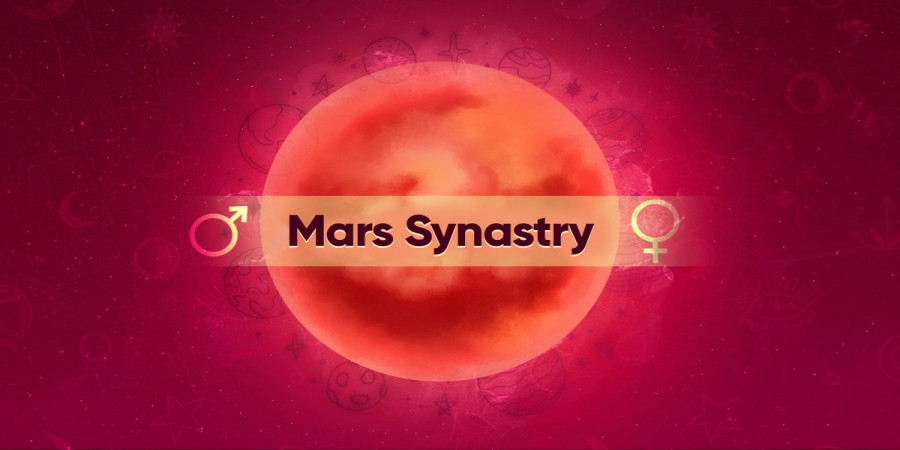

Dropbox or Google Drive: What's Better for a Startup?
In the bustling world of startups, where innovation and collaboration are key, choosing the right cloud storage solution can significantly impact a team's productivity and overall success. Two popular contenders in this space are Dropbox and Google Drive, each offering a unique set of features and advantages. This article aims to delve into the strengths and weaknesses of both platforms, ultimately helping startups make an informed decision about which one suits their specific needs.
Dropbox: A User-Friendly and Collaborative Powerhouse
Dropbox has earned a reputation for its user-friendly interface and seamless file-sharing capabilities. It offers a clean and intuitive design that makes it easy for teams to organize and access their files. Additionally, Dropbox's robust collaboration features, such as real-time editing and commenting, foster a more efficient workflow, especially when working on shared documents or projects.
Another notable advantage of Dropbox is its integration with a wide range of third-party apps, including Slack, Zoom, and Trello. This allows startups to connect Dropbox with their existing tools and create a more unified work environment. Moreover, Dropbox offers offline access to files, enabling team members to work on documents even when they don't have an internet connection.
However, Dropbox does have its drawbacks. Its free storage tier offers limited space compared to Google Drive, which can be a significant limitation for startups with growing data needs. Additionally, while Dropbox's paid plans provide more storage, they can be relatively expensive compared to other cloud storage solutions.
Google Drive: A Versatile and Integrated Solution
Google Drive seamlessly integrates with Google's suite of productivity tools, including Gmail, Google Docs, and Google Sheets. This integration makes it a popular choice for startups already using Google Workspace, as it allows for smooth data sharing and collaboration within the ecosystem. Furthermore, Google Drive's extensive file-sharing options, such as granular permissions and link sharing, offer a greater degree of control over who can access and edit files.
One of Google Drive's most significant advantages is its generous free storage tier, providing a substantial amount of space compared to Dropbox. This makes it an attractive option for startups with budget constraints. Additionally, Google Drive's offline access capabilities allow users to work on files without an internet connection, although this feature is not as robust as Dropbox's offline access.
However, Google Drive's interface can be overwhelming for some users, especially those who are not familiar with Google's suite of products. Additionally, Google Drive's search functionality may not be as effective as Dropbox's, making it harder to find specific files within a large library.
The Verdict: It Depends on Your Needs
Ultimately, the choice between Dropbox and Google Drive boils down to the specific needs and preferences of a startup. For those prioritizing user-friendliness, robust collaboration features, and extensive third-party app integrations, Dropbox may be the better option. On the other hand, startups seeking a versatile and integrated solution with a generous free storage tier might find Google Drive more appealing.
It's crucial for startups to consider factors such as storage requirements, budget constraints, collaboration needs, and existing technology stack before making a decision. By carefully evaluating these factors, startups can choose the cloud storage solution that best aligns with their unique goals and enables them to thrive in today's competitive business landscape.
References:
Popular articles

Apr 11, 2024 07:40 PM

May 25, 2024 08:09 PM

Apr 11, 2024 07:22 PM

Apr 10, 2024 07:59 PM

Mar 14, 2024 07:53 PM
Comments (0)